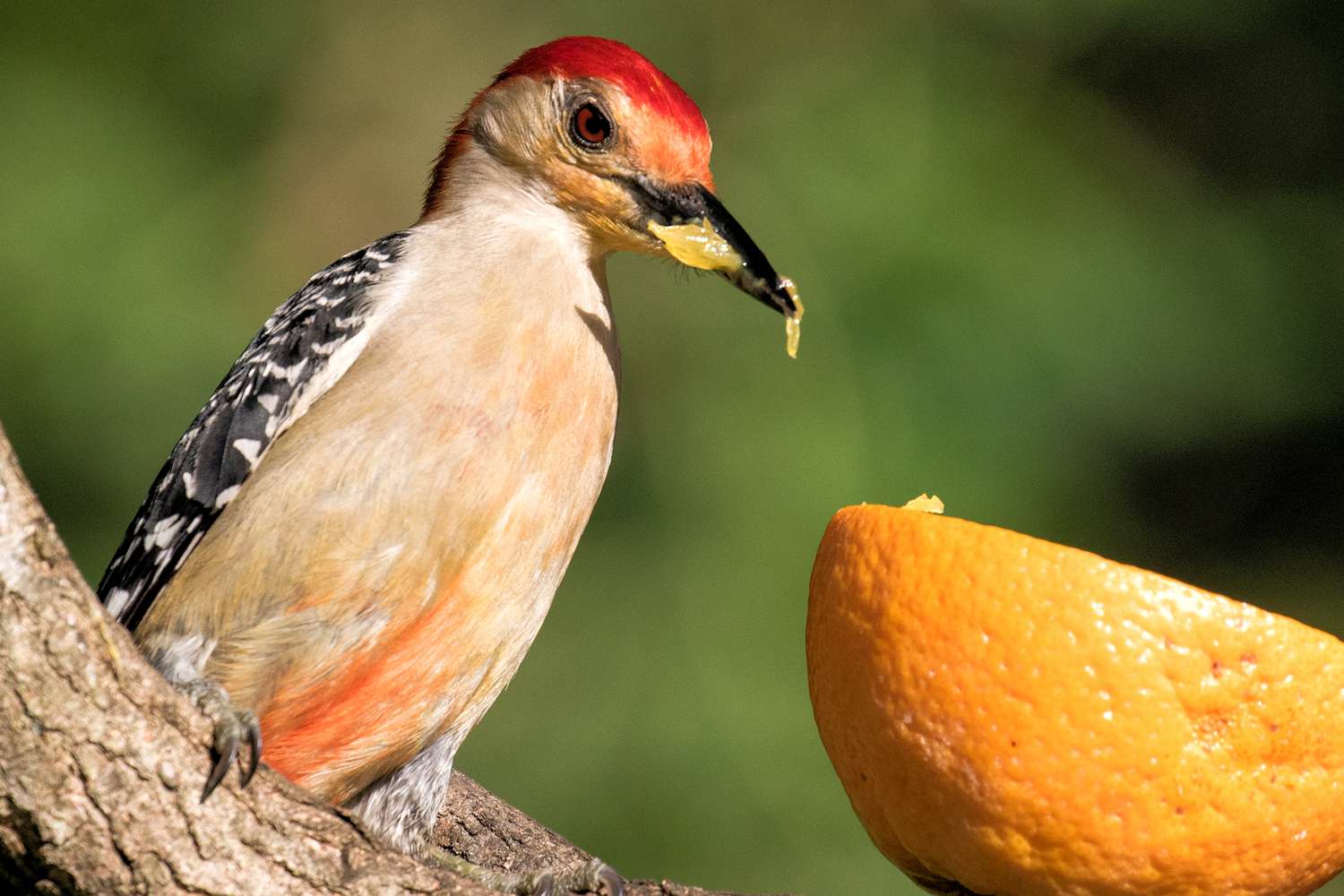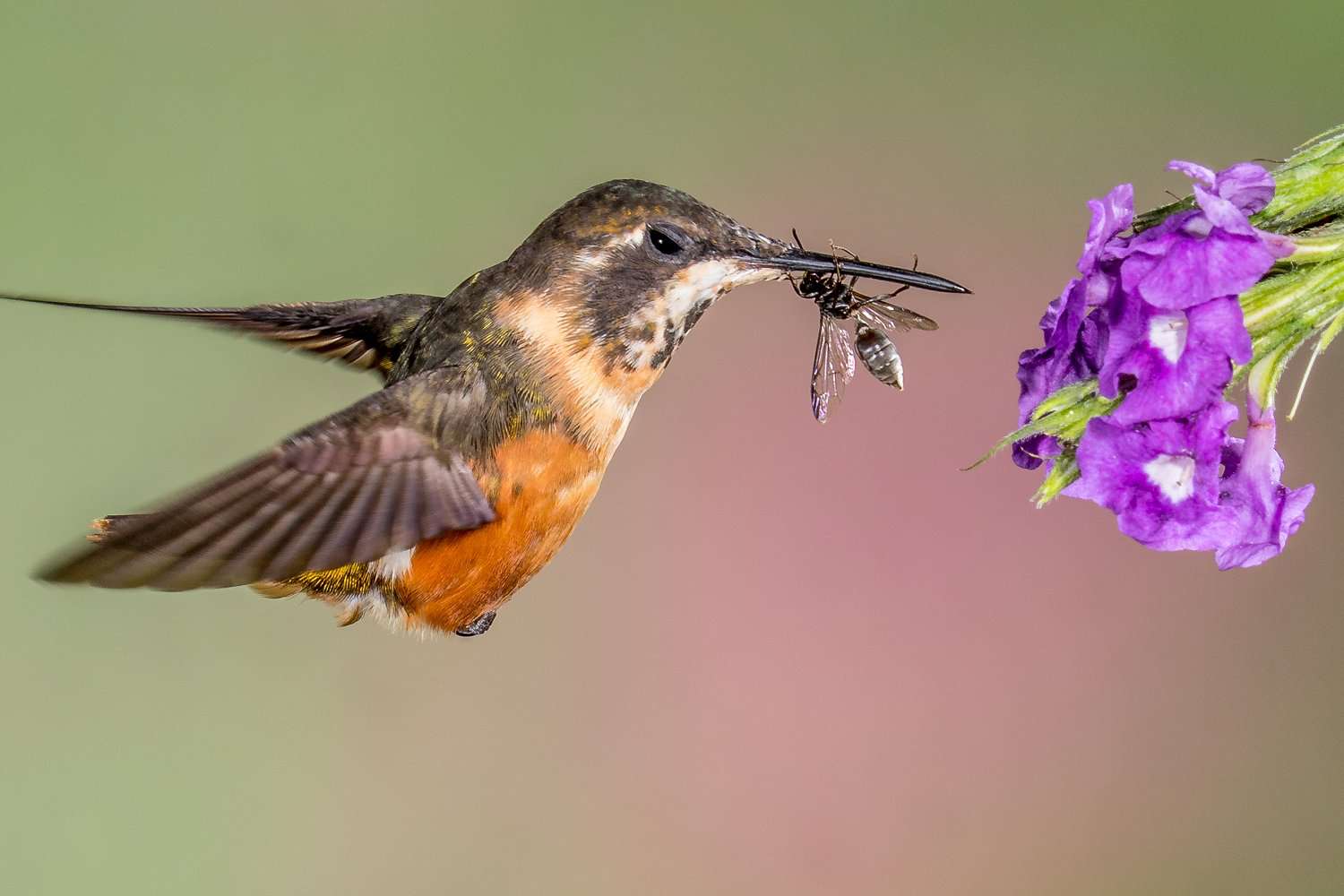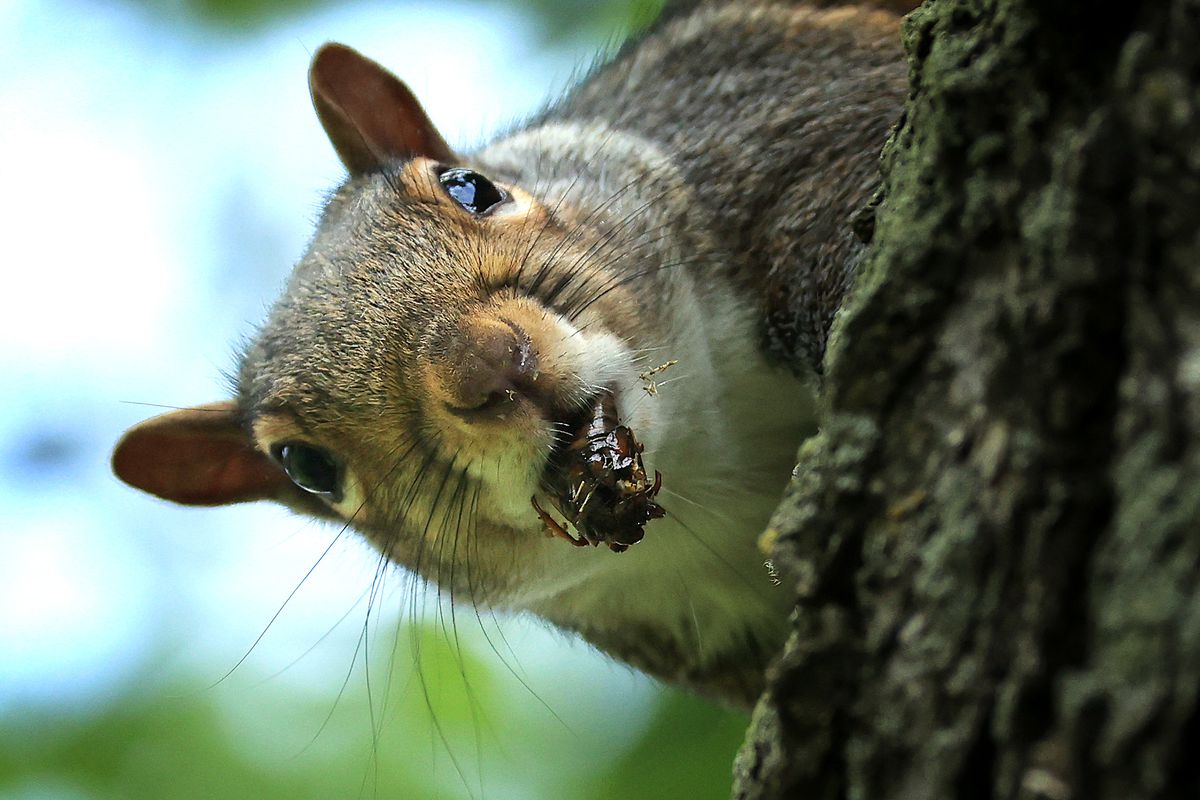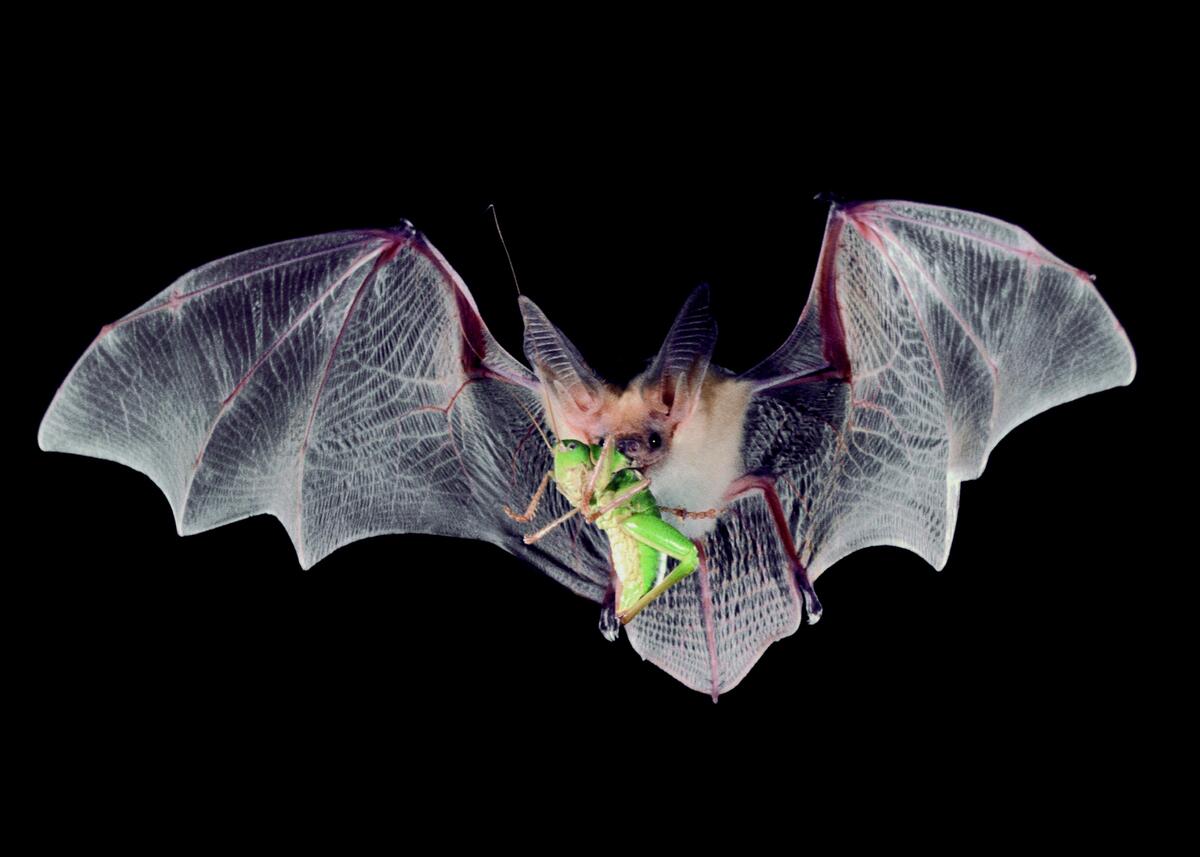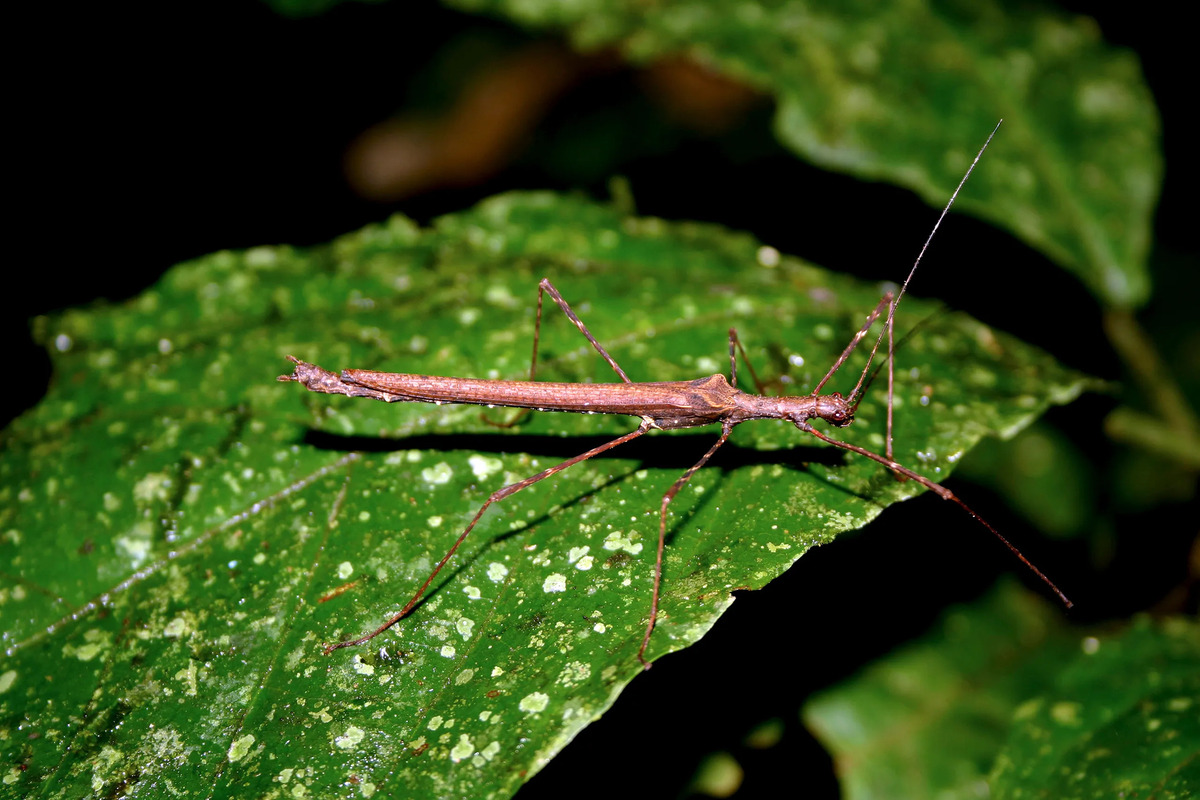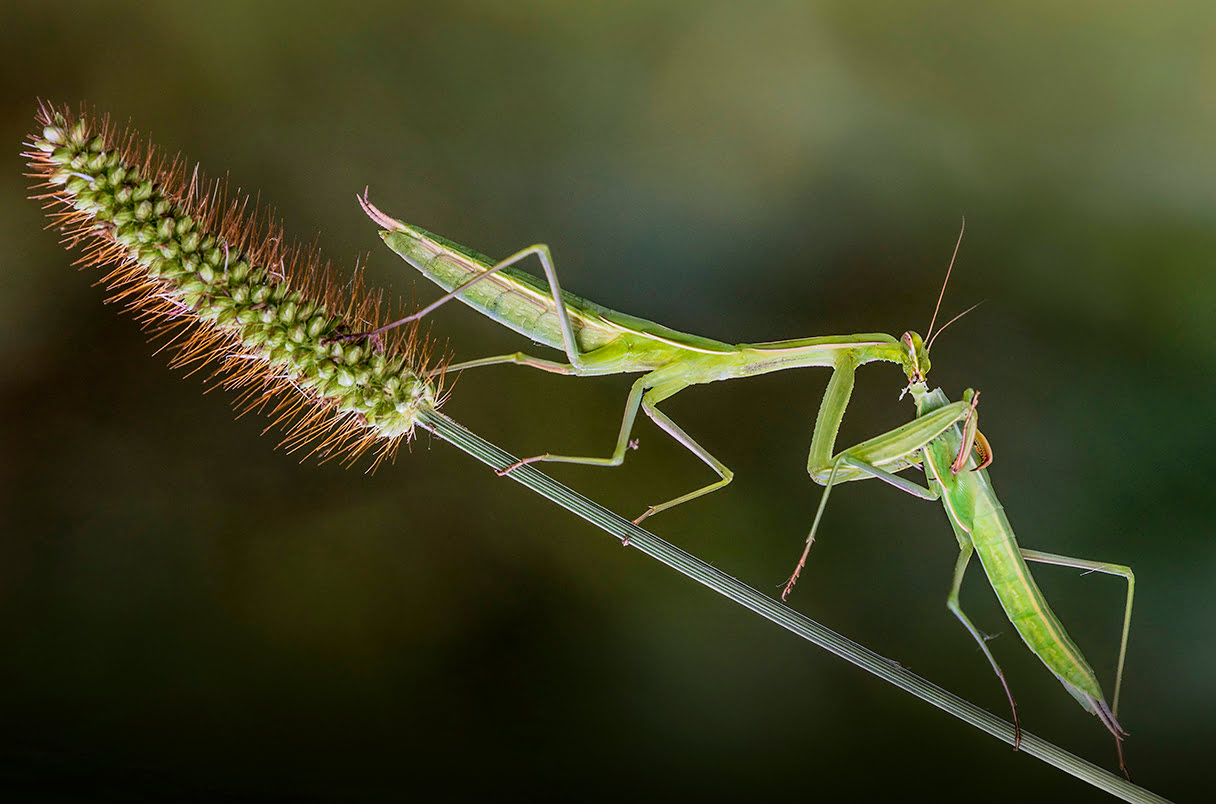Home>Gardening News and Trends>Latest News>What Insects Do Crested Geckos Eat
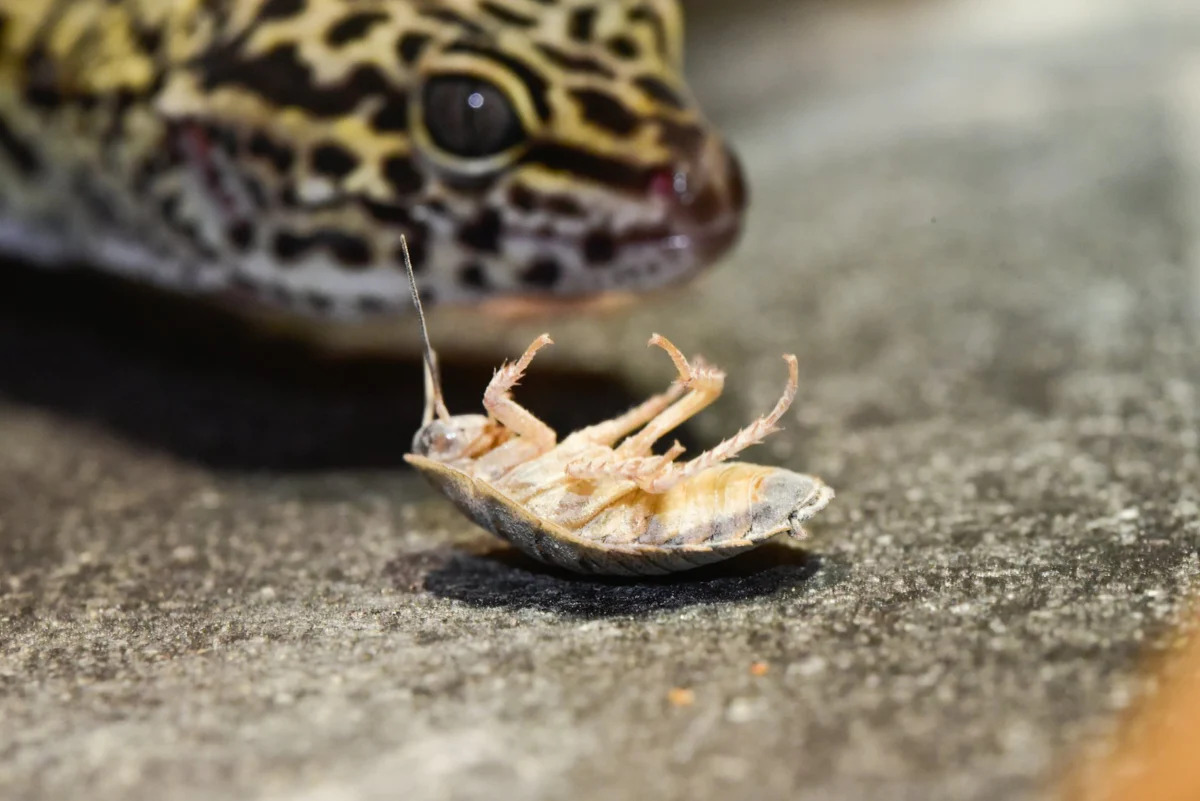

Latest News
What Insects Do Crested Geckos Eat
Modified: January 22, 2024
Discover the latest news on what insects are best for feeding crested geckos and providing optimal nutrition for your pet reptile.
(Many of the links in this article redirect to a specific reviewed product. Your purchase of these products through affiliate links helps to generate commission for Chicagolandgardening.com, at no extra cost. Learn more)
Table of Contents
Introduction
When it comes to the diet of crested geckos, there is a wide range of options to choose from. While their main diet consists of fruit and nectar, crested geckos are also known to feed on insects. Insects form an important part of their natural diet and provide them with essential nutrients. In this article, we will explore the insects that crested geckos commonly eat and delve into the nutritional benefits they provide.
Crested geckos, scientifically known as Correlophus ciliatus, are native to New Caledonia, a group of islands in the South Pacific. They are arboreal creatures, meaning they spend most of their time living in trees and bushes. In the wild, these geckos primarily feed on ripe fruits, flowers, and nectar found in their natural habitat.
However, in captivity, providing a diet that closely resembles their natural one can be a bit challenging. While commercial powdered food and fruit mixtures can be fed to crested geckos, supplementing their diet with insects can provide additional nutritional benefits and contribute to their overall well-being.
The inclusion of insects in a crested gecko’s diet not only provides a source of protein but also simulates their natural feeding behavior. It is important to note that insects should not be the sole source of nutrition for crested geckos but rather a supplemental food option.
Stay tuned as we explore the various types of insects commonly eaten by crested geckos and uncover the benefits they offer for these fascinating creatures.
Natural diet of crested geckos
In the wild, crested geckos have a varied diet that primarily consists of ripe fruits, flowers, and nectar. Their natural habitat provides them with a wide range of fruits, including figs, bananas, papayas, and guavas, among others. These fruits are rich in essential vitamins and minerals, and they form the foundation of a crested gecko’s diet.
Aside from fruits, crested geckos have also been observed feeding on flowers and licking nectar from plants. This behavior is known as “nectar dipping” and provides them with additional sugars and carbohydrates. Some of the commonly visited flowers include hibiscus and orchids.
In their natural environment, the abundance of fruits and nectar provides crested geckos with most of their dietary needs. However, in captivity, it can be challenging to replicate their natural diet accurately. This is where the supplementation of insects becomes beneficial.
By understanding the natural diet of crested geckos, we can better cater to their nutritional needs in captivity. Providing a balance of fruits and insects helps ensure their overall health and well-being. In the following sections, we will explore the insects commonly eaten by crested geckos and the benefits they offer when added to their diet.
Insects commonly eaten by crested geckos
Insects are a valuable addition to the diet of crested geckos, as they provide a source of protein and essential nutrients. While crested geckos in the wild may have a wider selection of insects to choose from, those in captivity commonly feed on specific types of insects.
One of the most commonly eaten insects by crested geckos is the cricket. Crickets are easily obtainable and can be found at most pet stores. They are a good source of protein and contain essential vitamins and minerals. It is important to only offer appropriately sized crickets to avoid any potential harm to the gecko, as crickets that are too large can cause choking or digestive issues.
Another insect that crested geckos enjoy are mealworms. Mealworms are the larvae of darkling beetles and are readily available in most pet stores. They have a firm exoskeleton, providing a crunchy texture that crested geckos find stimulating. It is important to note that while mealworms are a good source of protein, they have a high-fat content, so they should be fed in moderation.
Waxworms are another popular choice for crested geckos. These soft-bodied larvae offer a high-fat content and are a good source of energy. However, given their high-fat content, waxworms should be fed sparingly to prevent obesity in crested geckos.
Dubia roaches are becoming increasingly popular as a staple food option for crested geckos. These roaches are nutritious, have a balanced calcium-to-phosphorus ratio, and are easy to digest. They are also less likely to bite compared to some other insects, making them a safer option for your gecko.
Other insects that can be offered occasionally as a treat include silkworms, butterworms, and phoenix worms. These insects are rich in calcium and other essential nutrients, contributing to the overall health and well-being of crested geckos.
When offering insects to your crested gecko, it is important to ensure that they are gut-loaded. Gut-loading refers to the practice of feeding nutritious food to the insects before offering them to the gecko. This ensures that the gecko receives maximum nutritional benefit from the insects.
By incorporating a variety of insects into your crested gecko’s diet, you can provide them with a balanced and nutritious meal. However, it is essential to consider the frequency and quantity of insect consumption, which we will explore in the next section.
Frequency and quantity of insect consumption
When it comes to feeding insects to crested geckos, it is important to strike a balance. While insects provide valuable nutrients, they should not make up the majority of the gecko’s diet. The frequency and quantity of insect consumption should be carefully considered to ensure a well-rounded and balanced diet.
A general guideline is to offer insects to crested geckos 1-2 times a week. This allows them to receive the benefits of insects without overloading their diet. It is important to monitor the gecko’s weight and overall health to determine if adjustments to insect feeding frequency are needed.
In terms of quantity, the size of the insect should be appropriate for the size of the gecko. Offering insects that are too large can lead to choking or digestive issues. As a general rule of thumb, the length of the insect should not exceed the width of the gecko’s head. This ensures safe and comfortable consumption for the gecko.
The number of insects offered per feeding session can vary depending on the size and age of the gecko. For younger geckos, offering around 3-5 appropriately-sized insects per feeding is sufficient. As the gecko grows, the number of insects can be slightly increased. However, it is essential to avoid overfeeding, as obesity can lead to health problems in crested geckos.
Observing the gecko’s behavior and appetite can also provide insights into their insect consumption. If the gecko readily consumes the offered insects and exhibits healthy eating habits, it is a positive indication that their insect intake is appropriate. On the other hand, if the gecko shows disinterest or reluctance to eat insects, it may be a sign to adjust the frequency or quantity of insect feeding.
Feeding insects to crested geckos should be seen as a supplement to their main diet of fruits and nectar. It is essential to provide a varied and balanced diet to ensure that all nutritional needs are met. Incorporating a combination of fruits, insects, and other supplements provides a holistic approach to the gecko’s nutrition.
Next, let’s explore the nutritional benefits that insects offer to crested geckos and why they are an important addition to their diet.
Nutritional benefits of insects for crested geckos
Insects offer numerous nutritional benefits for crested geckos, making them an essential part of their diet in captivity. While fruits and nectar provide carbohydrates and certain vitamins, insects provide additional protein and other essential nutrients that are necessary for the gecko’s overall health and well-being.
Protein is a crucial component of a crested gecko’s diet, as it is necessary for muscle growth, development, and repair. Insects, such as crickets and mealworms, are rich sources of protein, which helps ensure proper growth and development in crested geckos, especially in young individuals.
In addition to protein, insects also provide essential amino acids that cannot be synthesized by the gecko’s body. These amino acids are necessary for various physiological processes and play a vital role in maintaining overall health. The amino acid profile in insects complements the nutritional needs of the geckos, making them an ideal protein source.
Insects are also rich in vitamins and minerals that contribute to the gecko’s vitality. For example, crickets and other insects are high in calcium, which is essential for strong bones, muscle function, and overall metabolic processes. Proper calcium levels are especially crucial for breeding females to ensure healthy egg development.
Furthermore, offering a varied diet that includes a range of insects ensures that crested geckos receive a more diverse micronutrient profile. Each insect species offers a unique nutrient profile, helping to prevent any potential nutrient deficiencies that may arise from a limited diet.
Insects can also stimulate the feeding behavior and mental engagement of crested geckos. The act of hunting, capturing, and consuming live prey replicates the natural behavior of these reptiles. This engagement not only provides physical exercise but also mental stimulation, promoting overall well-being.
It is important to note that the nutritional content of insects can vary depending on their diet. Gut-loading the insects with nutritious food before offering them to the gecko enhances their nutritional value. Dusting the insects with calcium and vitamin supplements further ensures that the gecko’s nutritional needs are met.
By including insects in the diet of crested geckos, you are providing them with a well-rounded and balanced meal, promoting their overall health and vitality. However, it is vital to consider some feeding tips and considerations when offering insects to crested geckos, which we will explore in the next section.
Feeding tips and considerations
When it comes to feeding crested geckos insects, there are a few important tips and considerations to keep in mind to ensure their well-being and health.
First and foremost, it is crucial to provide a varied diet for your crested gecko. While insects are a valuable addition, they should not be the sole source of nutrition. Offering a variety of fruits, nectar, and commercially available powdered food will help ensure that your gecko receives a balanced diet with all the necessary nutrients.
When selecting insects for your crested gecko, it is important to choose high-quality and healthy ones. Avoid insects that appear sick, sluggish, or have a foul odor. It is also advisable to purchase insects from reputable sources to minimize the risk of introducing any potential diseases or parasites to your gecko.
Ensure that the insects you offer are an appropriate size for your crested gecko. Insects that are too large can cause choking or other digestive issues, while those that are too small might not provide sufficient nutrition. The size of the insect should be relative to the size of your gecko’s head, ensuring safe and comfortable consumption.
Gut-loading the insects is another important consideration. By feeding the insects nutritious food before offering them to your gecko, you ensure that they provide maximum nutritional value. Offer gut-loading foods such as fresh fruits, vegetables, and nutritious grains to enhance the nutritional content of the insects.
Another factor to consider is the use of calcium and vitamin supplements. Dusting the insects with calcium and vitamin powders before feeding them to your gecko helps ensure that they receive the necessary nutrients. This is especially important for growing geckos and breeding females, as they have increased nutritional requirements.
Observing your crested gecko’s behavior and appetite is essential. If your gecko shows disinterest or reluctance to eat insects, it might indicate a preference for certain types of food or a potential health issue. Monitoring their weight, overall appearance, and seeking veterinary advice if needed, can help address any concerns.
Finally, maintaining a clean and hygienic feeding environment is crucial. Remove any uneaten insects from the enclosure promptly to prevent them from causing stress or becoming a breeding ground for bacteria or parasites. Wash food dishes and feeding accessories regularly to minimize the risk of contamination.
By following these feeding tips and considerations, you can ensure that your crested gecko receives a well-balanced diet and remains healthy. However, in addition to insects, there are alternative food options available for crested geckos, which we will explore in the next section.
Alternative food options for crested geckos
While insects are a great addition to a crested gecko’s diet, there are also alternative food options available that can offer additional variety and nutritional benefits. Introducing alternative food options can help mimic their natural feeding behavior and provide a more diverse diet for their overall well-being.
One alternative food option is commercial powdered diets specifically formulated for crested geckos. These diets are available in most pet stores and are designed to provide a nutritionally balanced meal. They usually consist of a blend of fruits, vitamins, minerals, and other essential nutrients. These powdered diets can be mixed with water to form a thick paste, which can be easily consumed by crested geckos.
Offering fresh fruits and vegetables can also be included in the diet of crested geckos as an alternative to insects. However, it is important to note that some fruits and vegetables may be high in sugar or have a high water content, which may not be ideal for crested geckos. Examples of suitable fruits include figs, bananas, papayas, and mangoes. Leafy greens, such as collard greens and kale, can also be offered in moderation.
Another alternative food option is baby food or pureed baby food. Unsweetened baby food, such as pureed fruits or vegetables, can be offered as a treat to provide additional variety. However, it should not replace the main diet of crested geckos as it may lack certain essential nutrients.
Meal replacement powders (MRPs) are another alternative to consider. These are commercially available powdered mixes specifically formulated for crested geckos. MRPs are typically made from a blend of fruits, proteins, vitamins, and minerals and can be mixed with water to create a creamy texture that is easily consumed by the gecko. They provide a balanced and convenient food option, especially for those who prefer a hassle-free meal approach.
It is important to remember that while alternative food options can be useful in providing variety and nutritional balance, they should not completely replace the main diet of crested geckos. A combination of fruits, insects, and alternative food options should be incorporated to ensure all nutritional needs are met.
Additionally, it is essential to research and consult with a veterinarian or experienced reptile keeper to ensure that the alternative food options chosen are suitable and safe for crested geckos. Each gecko may have its own preferences and dietary requirements, so tailoring the diet to each individual is crucial for their health and well-being.
By exploring and incorporating alternative food options into your crested gecko’s diet, you can provide them with a varied and nutritious meal that simulates their natural feeding behavior. With careful consideration and monitoring, you can ensure that your crested gecko thrives and enjoys a balanced and fulfilling diet.
Conclusion
Ensuring a well-rounded and balanced diet for crested geckos is of utmost importance for their overall health and well-being. While their natural diet primarily consists of fruits and nectar, incorporating insects provides additional protein and essential nutrients that contribute to their vitality.
Insects commonly eaten by crested geckos include crickets, mealworms, waxworms, dubia roaches, and a variety of other options. These insects offer valuable protein, amino acids, vitamins, and minerals that support muscle growth, development, and overall physiological functions.
When feeding insects to crested geckos, it is important to consider the frequency and quantity to maintain a balanced diet. Gut-loading the insects with nutritious food and dusting them with calcium and vitamin supplements enhances their nutritional content and ensures that your gecko receives optimal nourishment.
However, insects should not be the sole source of nutrition. Offering a varied diet that includes fruits, nectar, and commercially available powdered food is crucial to fulfill all nutritional requirements. Alternative food options such as commercial powdered diets, fresh fruits and vegetables, baby food, and meal replacement powders can also be included to provide variety and additional nutritional benefits.
Feeding your crested gecko should also involve observing their behavior and appetite, maintaining a clean feeding environment, and seeking veterinary advice if needed. By following these feeding tips and considerations, you can contribute to the overall health and well-being of your crested gecko.
Remember, every crested gecko is unique, and their dietary preferences and requirements may vary. It is important to tailor their diet to their individual needs and consult with experts or veterinarians for personalized advice.
With a balanced and varied diet that includes insects and other nutritious food options, you can provide your crested gecko with the fuel they need to thrive and lead a long and happy life. So, keep experimenting, researching, and observing your gecko to ensure they receive the best care possible.


